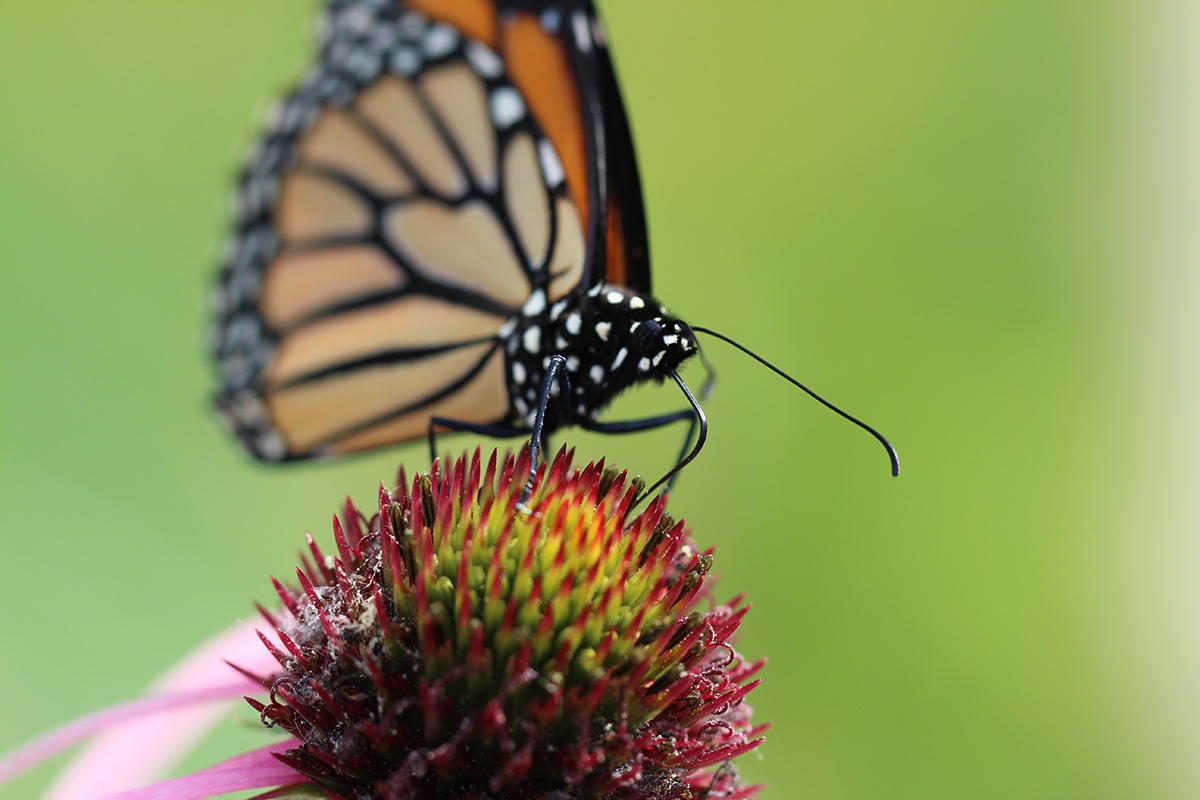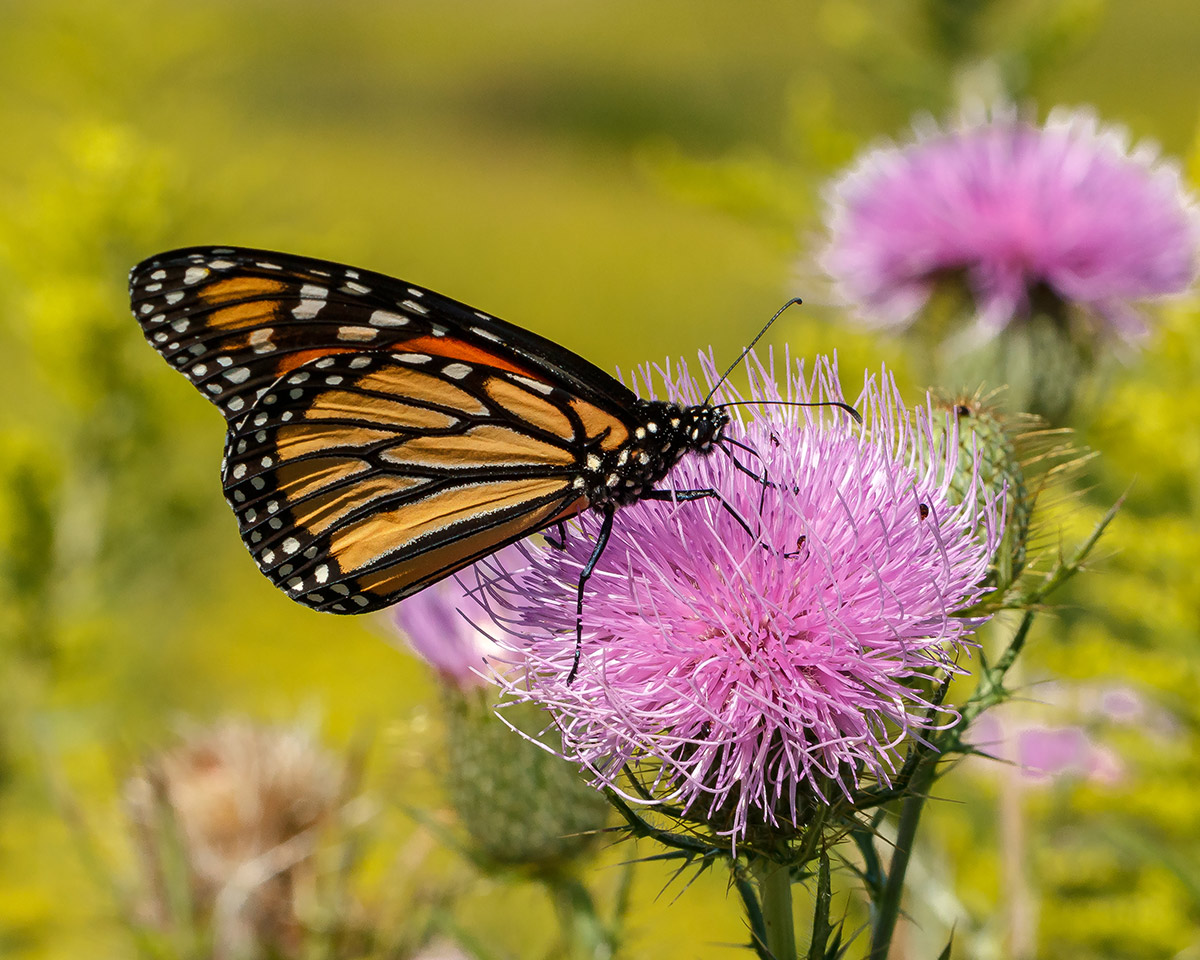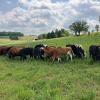What is a monarch butterfly’s favorite nectar flower to refuel for a long journey? Our scientists at the Xerces Society are trying to answer that question with the Monarch Nectar Plant Database, and are seeking your observations to help.

The newly revamped database is a nationwide repository of observations of monarchs nectaring on native plants. It currently has data provided to us over the last 8 years, primarily by monarch butterfly experts. However, given the plight of the monarch butterfly, we need this data more than ever to guide habitat restoration and protection, quickly. We’ve made the database more user-friendly to make submitting data easier.
This database is how we give you accurate recommendations for your monarch butterfly garden through Xerces’ Monarch Nectar Plant Guides. Currently there are 14 of these guides, one for each region of the lower 48 states. The data have also been used by the U.S. Department of Agriculture’s Natural Resources Conservation Service (NRCS) to develop guide books for 6 regions of the country. NRCS staff use these guide books to make recommendations to farmers and ranchers who create monarch habitat at a large scale. We also plan to share data from our database with partner organizations to help them select plants for their monarch habitat plantings.

How to share your observations of nectaring monarch butterflies
When you visit the Monarch Nectar Plant Database submission form, you’ll be asked a few questions about your observation. Most importantly, we will want to know which plant species you saw the monarch visiting. We will also ask for the location of your observation. If you remember the precise location of your observation and are willing to share it, our new data entry portal has a map on which you can select that location. However, if you prefer, you can simply provide us with the state in which you made the observation, or better yet, the state and the county.
Submit a good photo to help us ID plants and butterflies
When you submit an observation, we seek a photo of the monarch visiting the nectar plant, or a photo of a monarch you’ve seen plus a photo of the nectar plant species the monarch visited. We will use these photos to verify that the butterfly and plant have been properly identified.
To help with habitat restoration, look for monarchs on native plants
We strongly prefer your observations of monarchs nectaring on native plants rather on exotic plants. We think monarchs, our other native pollinators, and our native ecosystems will benefit more from the restoration of native wildflowers, shrubs and trees that our pollinators have adapted to over thousands of years.
If you do not know if the plant you’ve observed is native or introduced, we ask you to consider searching for that information at a well-established plant website such as the USDA Plants database or the Ladybird Johnson Wildflower Center.
And that’s it! We greatly appreciate any observations you make in 2023 or your observations from prior years. We hope you find the data entry portal user-friendly. We thank you in advance for any data you provide, as your data will help Xerces and our conservation partners restore high-quality habitat for monarch butterflies.





